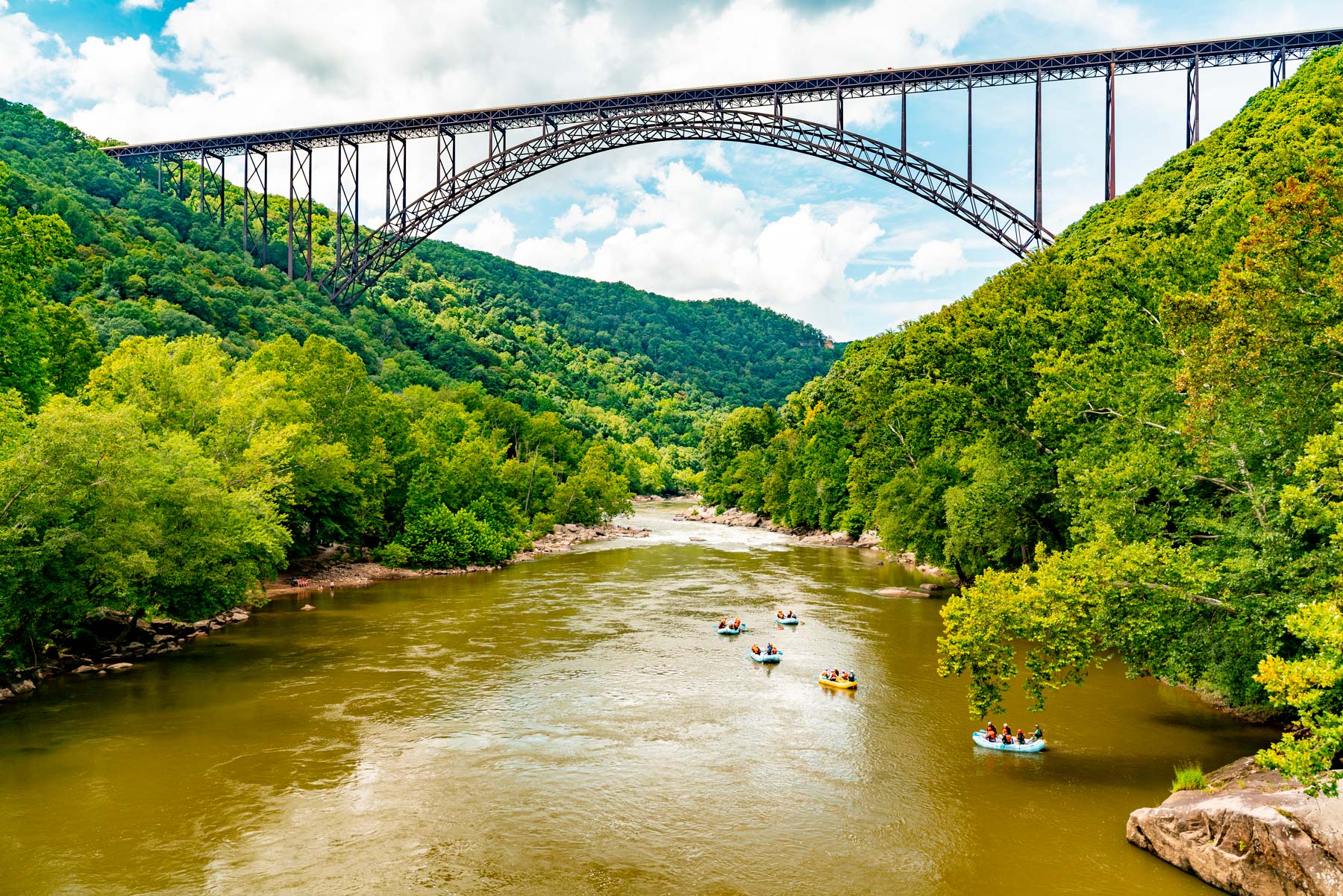
Article Summary: New River Gorge National Park Facts
New River Gorge National Park Facts! In this article, More Than Just Parks provides you with 10 amazing facts about one of America’s most magnificent national parks.
More Than Just Parks is your one-stop-shop when it comes to learning everything you’ll need to know about America’s national parks. We’ve got expert guides, beautiful photos, helpful tips, breathtaking films and so much more.
I’ve been to so many of these amazing places since retiring from teaching in 2018. Did I mention that I taught history? I spent a lifetime teaching about the history behind some of these natural wonders. Then I got to see them firsthand. And now I’m sharing some of the incredible stories about these beautiful places with you. It doesn’t get any better than that!
More Than Just Parks takes a deeper dive with its national park facts. We’ve done our homework so that you’ll get more than you bargained for.
Without further ado, let’s dive in.
Table Of Contents: New River Gorge National Park Facts
New River Gorge National Park Facts
- Facts About New River Gorge National Park
- New River Gorge National Park Facts
- Top 5 New River Gorge National Park Facts
- 1. Native American Settlements Go Back As Far As 12,000 Years
- 2. The River Was Named By The First White Man To Discover It
- 3. New River Gorge Includes An Amazing Story Of Survival & Endurance
- 4. New River Was The Site Of The Largest Insurrection In The United States Following The Civil War
- 5. The Father Of Black History Began His Work In The New River Gorge Area
- Top 10 New River Gorge National Park Facts
- 6. The Park Includes The Fifth Longest Single-Span Arch Bridge In The World
- 7. A Variety Of Animals Live In & Around New River Gorge
- 8. The Park Provides A Variety Of Wonderful Hiking Trails
- 9. You Will Discover Some Amazing Towns At New River Gorge
- 10. New River Gorge Has Over 1,400 Established Rock Climbs
- Check Out Our New River Gorge Film
- Meet The Parks Brothers
- Map Of New River Gorge National Park
- We Hope You’ll Follow Our Journey
- Helpful Articles
- Top 5 New River Gorge National Park Facts
Facts About New River Gorge National Park
Basic Facts About New River Gorge National Park
New River Gorge National Park and Preserve is located in southern West Virginia. The park is known for its rugged landscape and features a deep gorge carved by the New River, which is one of the oldest rivers in the world.
The New River Gorge is also home to a wide variety of plant and animal life, including many rare and endangered species.
The park is a popular destination for rock climbing, white water rafting, and hiking.
The New River Gorge Bridge, which spans the gorge and is one of the highest bridges in the United States, is also a popular attraction.
The park is also home to a number of historic structures, including a 19th-century coal town and a number of historic homes and churches.
In addition to its recreational opportunities, New River Gorge National Park is also home to a number of research and education programs. Scientists and researchers study the park’s geology, ecology, and history, and the park offers a variety of educational programs for visitors of all ages.
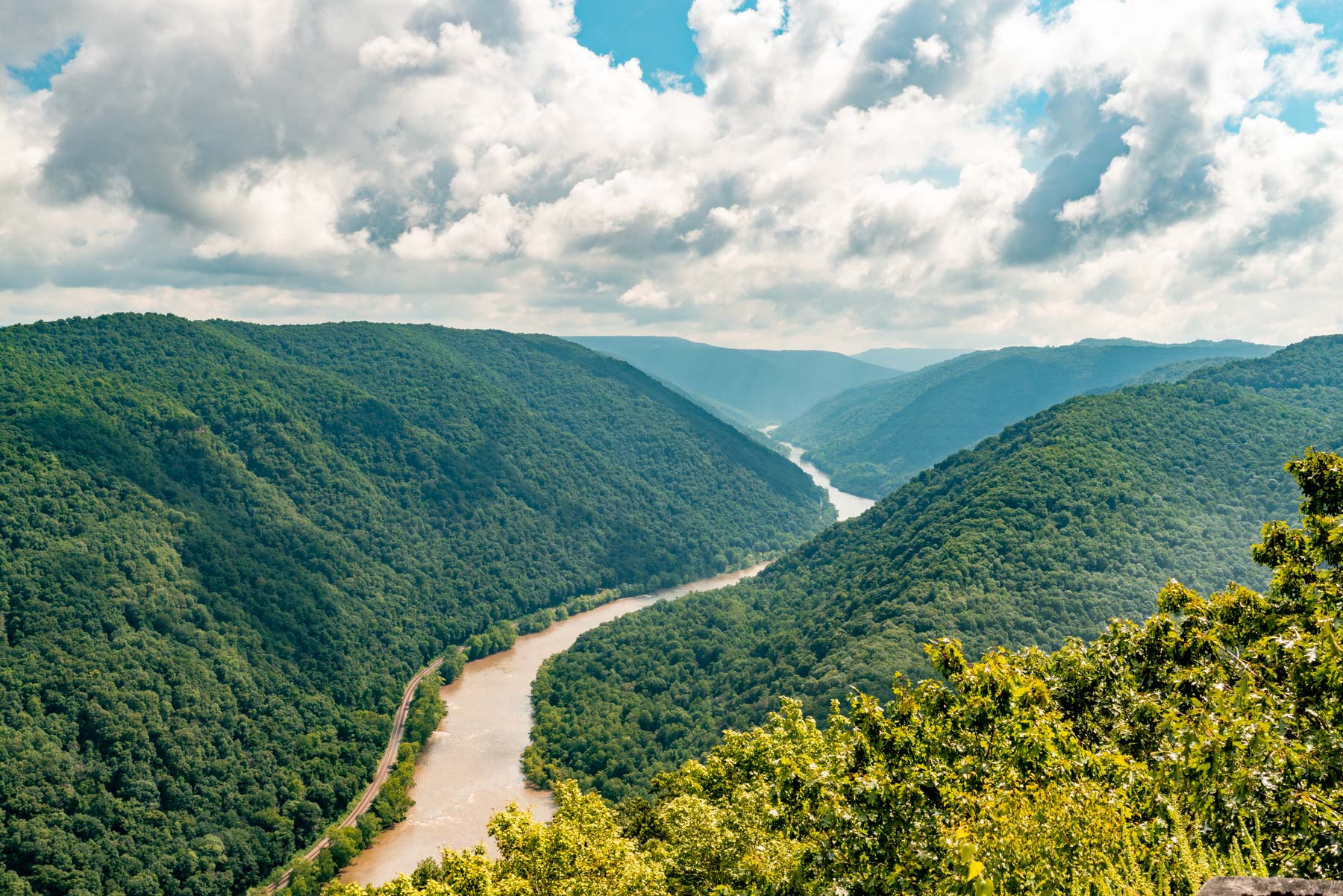
Some basic facts about New River Gorge National Park include the following:
- Location: West Virginia
- Acreage: The park encompasses over 70,000 acres of land along the New River, is rich in cultural and natural history, and offers an abundance of scenic and recreational opportunities.
- Visitation: The park, which routinely draws more than 1 million visitors each year, is located in southeast West Virginia, just north of Fayetteville.
- Elevation: The park contains 10 named mountains, the highest of which is Swell Mountain (3,291ft/1,003m), and the most prominent of which is Stretcher Neck (1,955ft/596m).
- Climate and Average Weather Year Round: Weather in the Appalachian Mountains can be unpredictable and can change quickly. Always be prepared for the possibility of sudden storms. Weather in the mountains is often cooler and wetter than the surrounding area. On average, the warmest month is July. The maximum average precipitation also occurs in July.
- When Did It Become A National Park? Congress established the park in 1978 to preserve and protect this important free-flowing waterway. Today 53 miles of the river and its gorge and 40 miles of tributaries are preserved as New River Gorge National Park & Preserve, Gauley River National Recreation Area, and Bluestone National Scenic River.
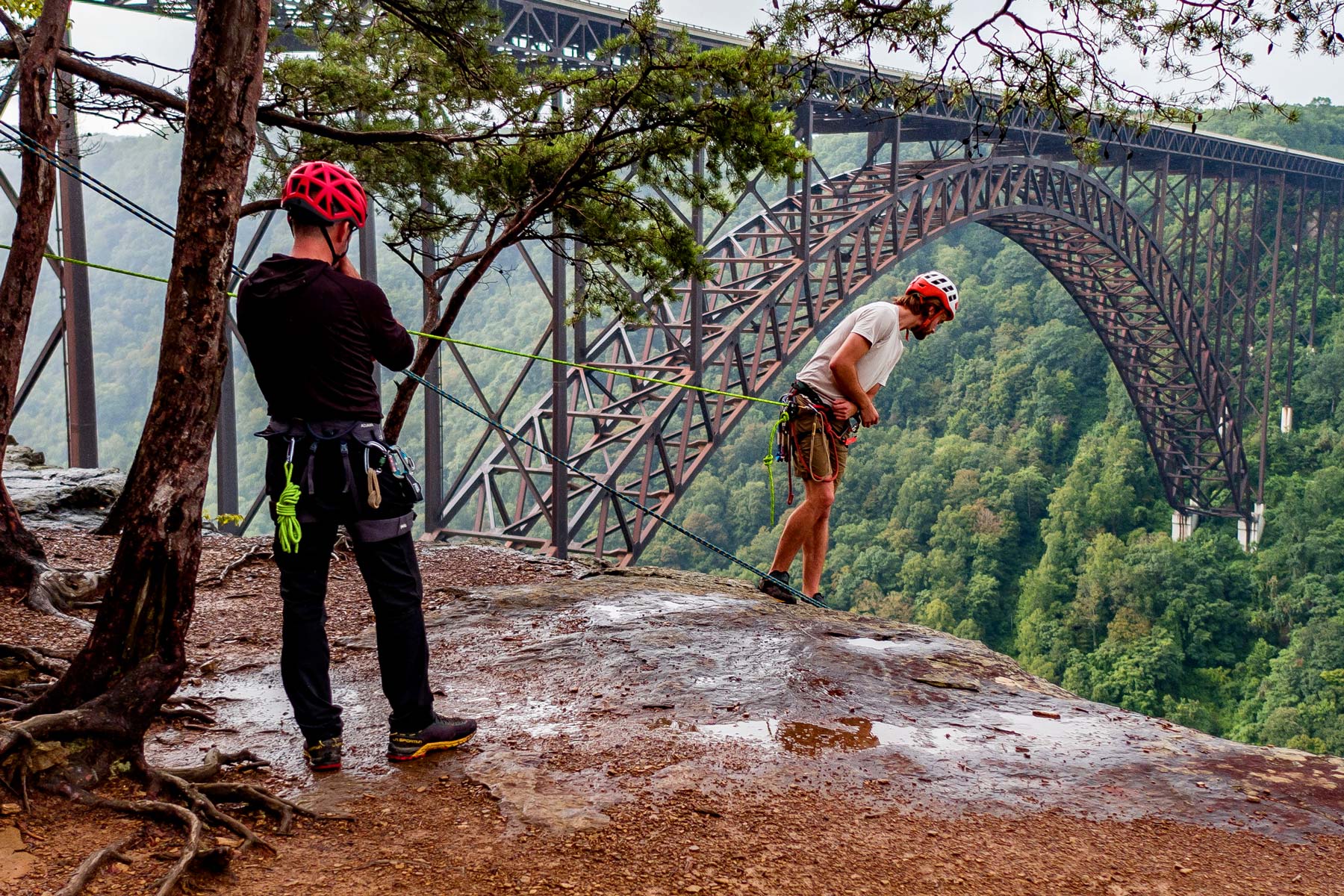
CHECK OUT: 8 SURPRISING West Virginia National Parks Worth Visiting
New River Gorge National Park Facts
Top 5 New River Gorge National Park Facts
1. Native American Settlements Go Back As Far As 12,000 Years
As a retired history teacher and lifelong history buff, I am fascinated by origin stories. I love tales of early peoples who came long ago and left their own mark on the many wonderful places which crisscross the American landscape.
One of the most fascinating of the New River Gorge National Park Facts pertains to its native inhabitants who arrived long before the United States of America ever came into existence.
There is evidence that New River and the surrounding region have had Native American habitation dating back at least twelve thousand years. This is because the New River and its main tributaries provided routes of travel for early peoples who were keen to follow the spread of the forests, plants and animals.
Among the Native American groups inhabiting the area prior to the arrival of Euro-Americans were: Delaware, Shawnee, Tutelo, Saponi and Mingo.
Historians believe that the Cherokee also claimed territory extending from the Kanawha and New River to the Big Sandy.
Given the unique geography of the area with its waterways flowing through a large gorge, Native Americans were able to develop an extensive network of trails which provided transportation through the dense forest.
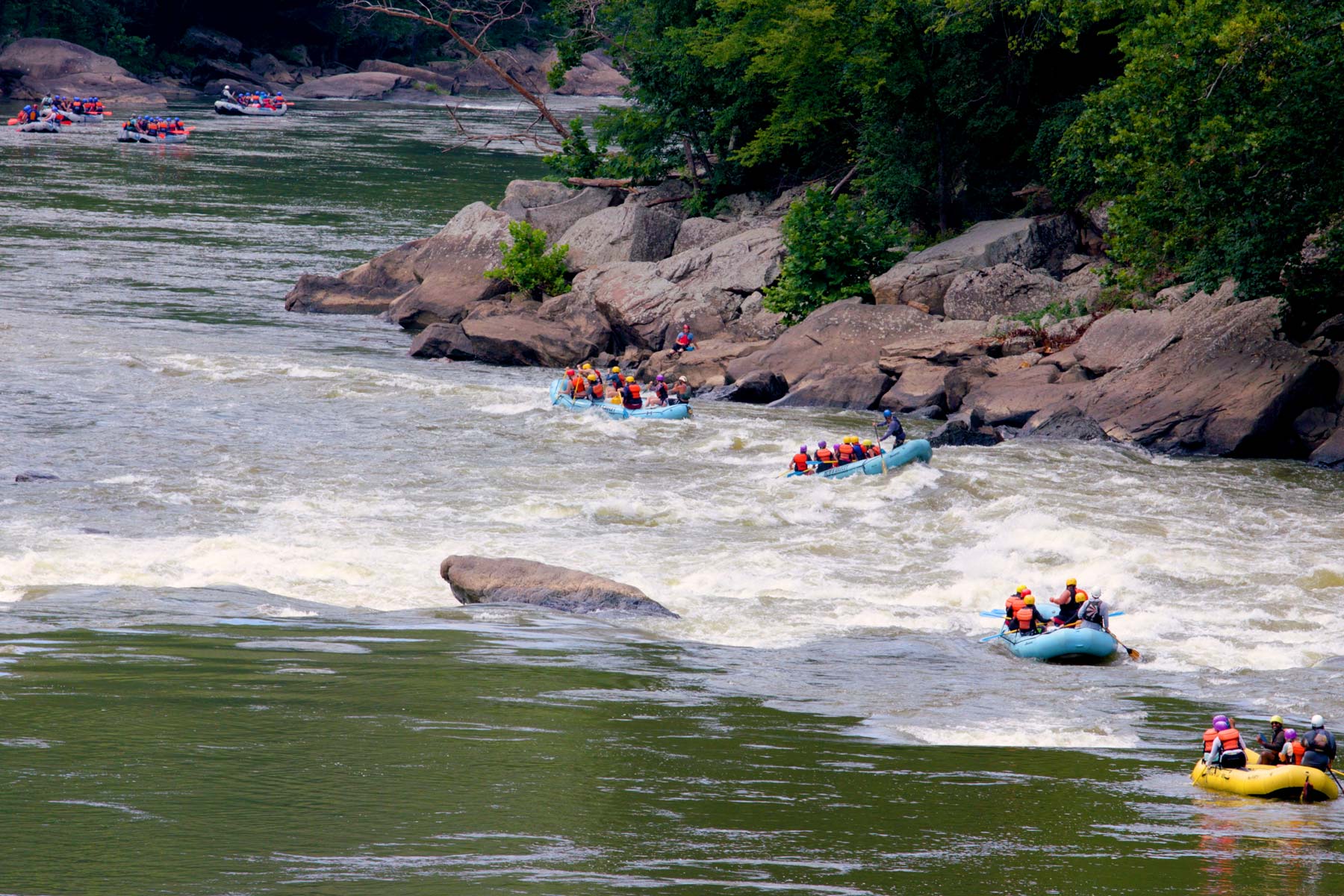
CHECK OUT: 11 AMAZING Facts About Acadia National Park
2. The River Was Named By The First White Man To Discover It
One of the more intriguing New River National Park Facts involves the story of how the river actually got its name.
According to historians, a man named Colonel Abraham Wood was the first white man to travel in the New River Valley area.
Wood came across the river flowing in the opposite direction of the New River prior to finding it and, assuming it was new, christened it as “Wood’s River.” Some older maps even have it labeled as such.
Of course, the name was eventually changed to “New River.” I have been unable to learn exactly when or why the change was made though there is certainly irony in this fact.
Why? Because the New River is one of the five oldest rivers in the world geologically.
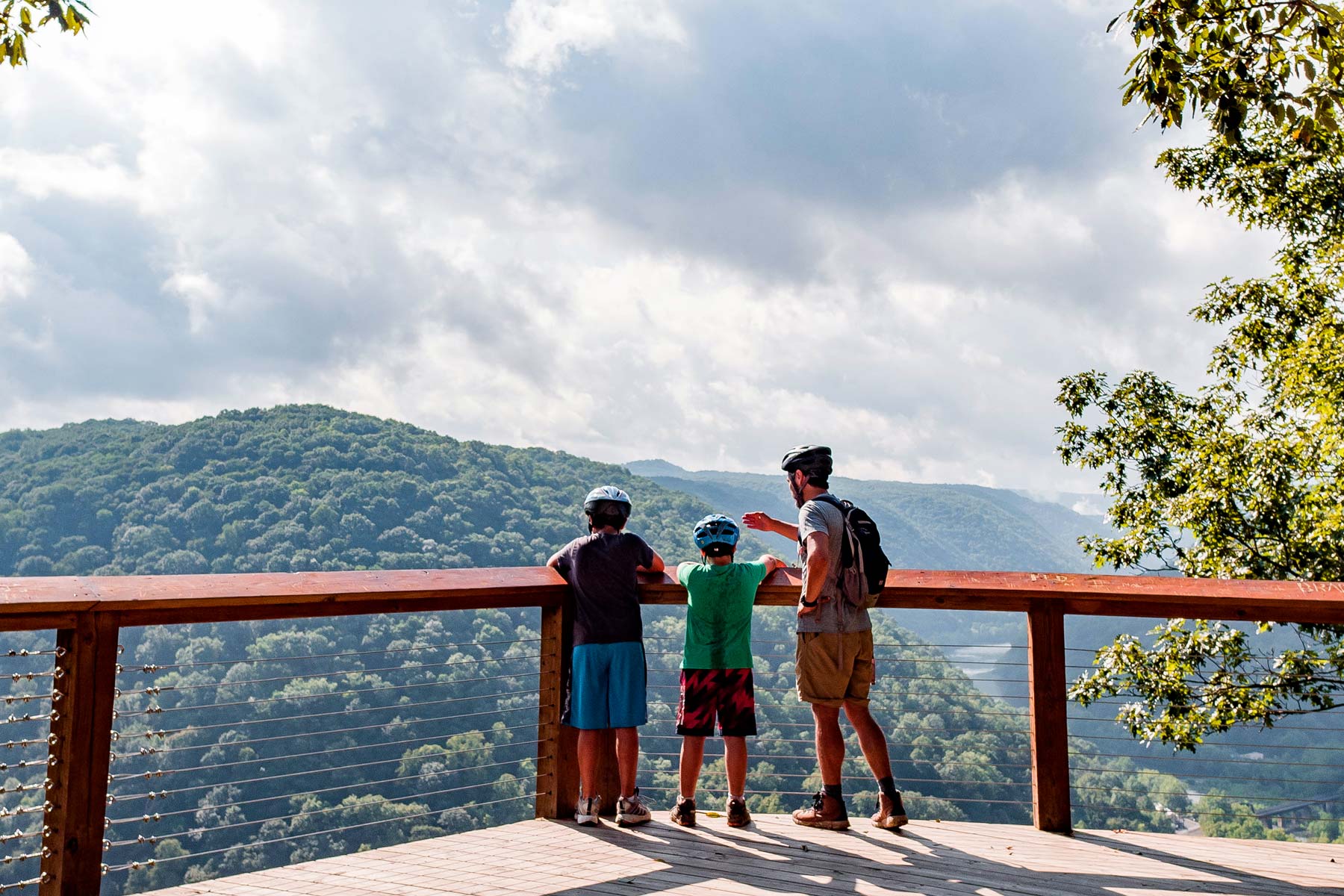
The River Flows From South To North
Did you know that the New River is one of only a few rivers of the world that flow from south to north?
This characteristic of the river, flowing from south to north, resembles that of the Nile River in Egypt.
The New River flows through North Carolina, Virginia and West Virginia before joining with the Gauley River to form the Kanawha River.
While the exact age of this river is unknown, many geologists consider the river to have been in its present course for at least 65 million years.
The estimated length of the New River is about 360 miles.
CHECK OUT: 12 AMAZING Facts About Big Bend National Park
3. New River Gorge Includes An Amazing Story Of Survival & Endurance
I never fail to be impressed with the truly amazing stories of people whose lives were impacted in some way, shape or form by these magnificent places.
One of the most interesting of the New River Gorge National Parks Facts involves one of these stories which, in fact, is a remarkable tale of survival and endurance.
According to the National Park Service, in 1755, the New River area was the far western frontier of English colonial settlement. At the time, England and France were at war for control of North America.
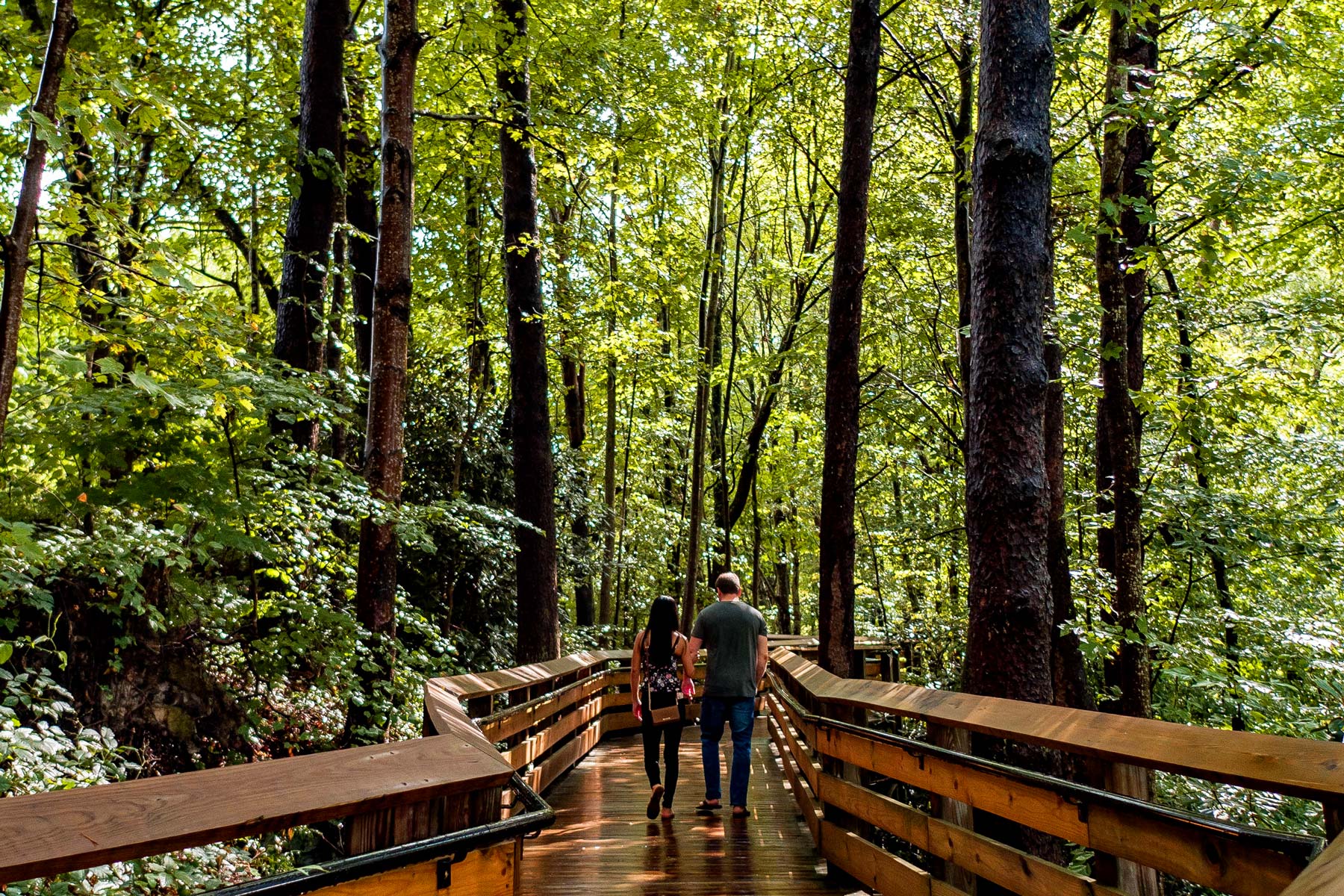
Enter Mary Draper
Mary Draper, the daughter of Scotch-Irish immigrants, was born in Philadelphia in 1731.
Following a common migration route, her family eventually settled on the far western frontier of the colony of Virginia, on the present-day site of Virginia Tech University in Blacksburg, Virginia.
Here, Mary’s family, along with several other families, established a small farming settlement called Drapers Meadows.
She married her neighbor, William Ingles. Together they built a homestead and began raising a family.
Draper Was Abducted By Native Americans
In July of 1755, Mary Draper Ingles was attacked by warriors of the Shawnee nation, who were allied with France.
Three men, one woman, and an infant child were killed; one man, two women, and two young boys were taken captive.
Among these captives were Mary Draper Ingles and her two sons, Tommy, four, and George, two.
The captives began an intense forced march to the Shawnee’s home villages near present-day Chillicothe, Ohio.
To slow down or complain would have meant death for Mary and her children. On arrival at the Shawnee towns her two boys were taken from her for adoption into the tribe while Mary was given into servitude to a French trader.
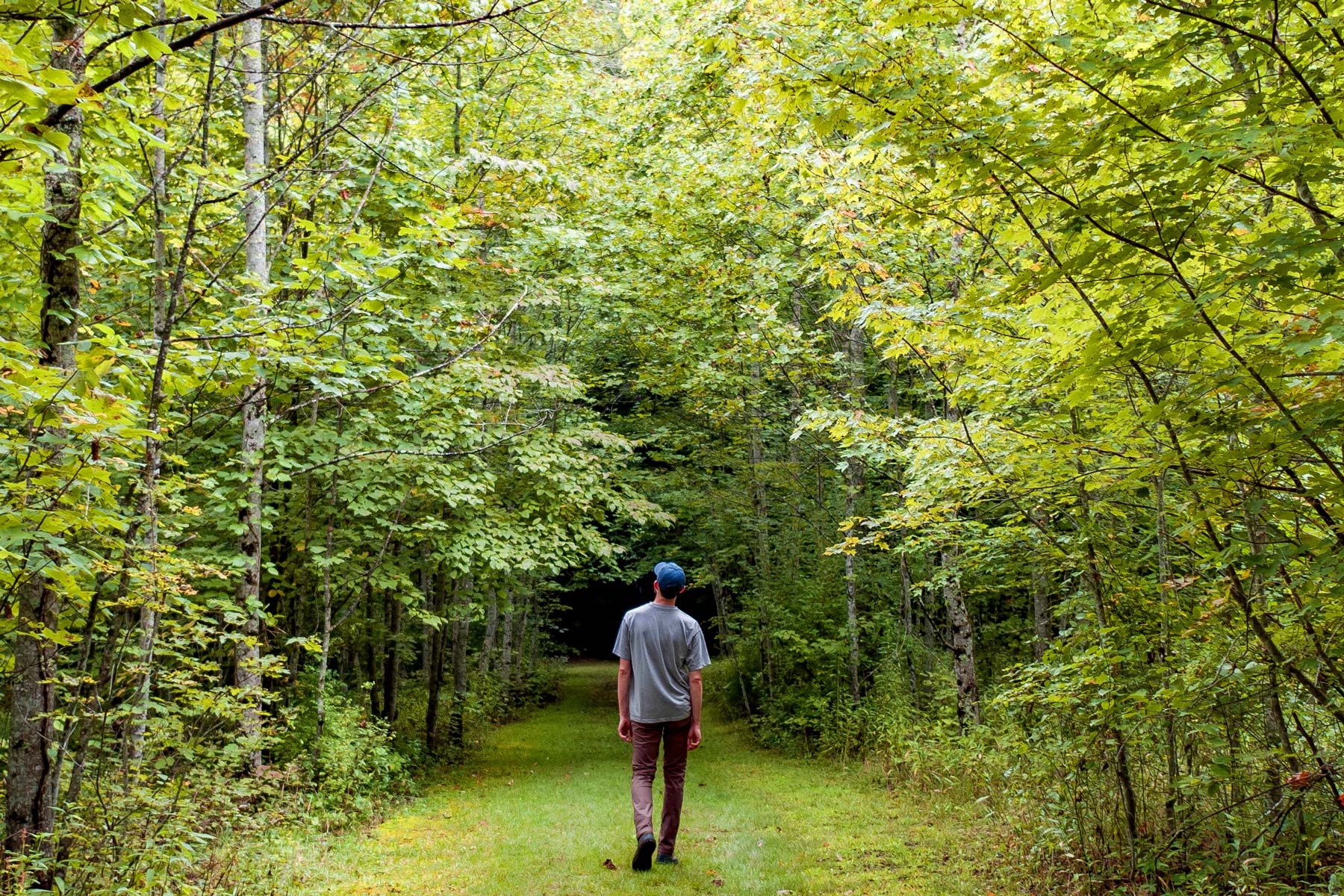
An Amazing Escape
By October, Mary and another captive, known from history only as the “old Dutch woman” (the term “Dutch” at that time referred to German immigrants), had planned a daring escape.
The two women made their escape into a vast, rugged wilderness in the face of an oncoming winter, with no supplies, maps, or equipment.
Their determination to endure and plan to follow the Ohio, Kanawha, and New rivers eastward to English settlements was their only hope of survival.
After 500 miles and forty days of struggling along the riverbanks and the deep rocky gorge of the New River, scavenging for food and shelter, and living off the land as best she could, Mary arrived home to the snow-covered remains of Drapers Meadows.
Mary Draper Ingles was reunited with her husband.
They moved to a spot by the New River near Radford, Virginia, where they operated a ferry, built a new home, and raised five more children. (Source: NPS)
To Learn More About Mary Draper Ingles
This is a truly remarkable story that you may wish to learn more about.
There are three excellent books which provide fascinating details into the life and exploits of this remarkable woman. If you’re interested, they are:
- Shawnee Captive: The Story of Mary Draper Ingles by Mary R. Furbee.
- Mary Draper Ingles: A True Story of Courage And Family by Patricia Hons.
- Angels Along the River: Retracing the Escape Route of Mary Draper Ingles by E.M Lahr.
CHECK OUT: 12 AMAZING Facts About Capitol Reef National Park
4. New River Was The Site Of The Largest Insurrection In The United States Following The Civil War
Another of the fascinating New River Gorge National Park Facts has to do with efforts to industrialize the area after the Civil War.
The New River Coalfield was once home to over 60 coal towns, with many located right in the heart of The New River Gorge.
Coal brought in the C&O (Covington & Ohio) Railroad, which, in turn, brought in immigrants who were recruited to work in the mines after they arrived in New York.
Mining was difficult and dangerous work. It was physically demanding labor. The mining companies literally owned the whole town, including the homes that the miners and their families lived in.
Miners were paid in company scrip, which was minted for each town. This currency could only be used at each company’s company store.

The Battle Of Blair Mountain
The Battle of Blair Mountain was fought in Logan County, West Virginia in 1921. It was one of the largest armed uprisings in American labor history and involved up to 15,000 coal miners, who went on strike to protest against poor working conditions and low pay.
The conflict lasted several days and resulted in a violent clash between the miners and law enforcement officials, including members of the National Guard.
The miners, who were members of the United Mine Workers of America (UMWA), marched from southern West Virginia to the coal fields in Logan County, in an effort to force mine owners to recognize their union and improve their working conditions.
The march was met with resistance from local law enforcement and private detectives, who were hired by the mine owners to protect their property and interests.
The Conflict Escalated To A Full Scale Battle
The conflict escalated into a full-scale battle, with both sides exchanging fire and using weapons, such as machine guns, dynamite, and rifles. The miners made it as far as Blair Mountain, where they encountered a line of resistance and engaged in a fierce battle. Eventually, the U.S. Army was called in to restore order and the miners were forced to retreat.
The Battle of Blair Mountain resulted in several casualties, including deaths on both sides, and the widespread destruction of property.
The conflict had a lasting impact on the UMWA and the coal mining industry in West Virginia. Although the miners were not successful in achieving their immediate goals, the battle brought national attention to their cause and helped to galvanize support for labor reforms in the United States.
If you’re interesting in learning more about this important yet largely forgotten event then I recommend: The Battle of Blair Mountain: The Story Of America’s Largest Labor Uprising by Robert Shogan.
CHECK OUT: 15 (FASCINATING) Death Valley National Park Facts You Probably Didn’t Know
5. The Father Of Black History Began His Work In The New River Gorge Area
Another of our amazing New River Gorge National Park Facts concerns Carter G. Woodson.
Carter Godwin Woodson was an American historian, author, journalist, and the founder of the Association for the Study of African American Life and History.
He was one of the first scholars to study the history of the African diaspora, including African-American history.
It was his dedication to celebrating the historic contributions of Black people which led to the establishment of Black History Month. It has been marked every February since 1976.

He Worked In The Coal Mining Industry Of West Virginia
According to the National Park Service, Carter and his family, like many African-Americans of their time, came to West Virginia to begin new lives working in the booming railroad and coal mining industries.
Self taught in the basics of reading and math, Carter spent six years hand digging and loading coal for the payment of pennies on the ton, in order to save enough money to attend one of the few black high schools of the time, Douglass High School in Huntington, West Virginia.
During his years of work in the mines, which included work at both the Kaymoor and Nuttallburg mines in present day New River Gorge National River, Carter Godwin Woodson listened to the stories of the everyday lives of fellow black miners.
He was inspired to document and teach the struggles and contributions of the African-American people.
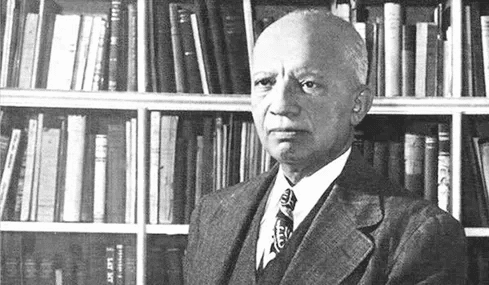
In addition to his academic and educational accomplishments, Woodson was also a prominent figure in the civil rights movement.
He advocated for the recognition and inclusion of African American history in the American education system and worked to promote the study and understanding of the contributions of African Americans to American society.
Woodson is considered a pioneering figure in the field of African American history and his work continues to be celebrated and recognized today.
Carter G. Woodson Classics
If you’re interested in the writings of this exceptional scholar and historian, I would recommend the following:
- The Mis-Education of the Negro
- Free Negro Owners of Slaves in the United States in 1830: Together with Absentee Ownership of Slaves in the United States in 1830
- The History of the Negro Church
- The Negro in Our History
RELATED: 20 BEST Black History Sites In America For You To Visit
Top 10 New River Gorge National Park Facts
6. The Park Includes The Fifth Longest Single-Span Arch Bridge In The World
Just when you thought we couldn’t come up with any more New River Gorge National Park Facts, we come up with another one. New River Gorge National Park features the 5th longest single-span arch bridge in the world.
The bridge is 876 feet tall and spans over 3,000 feet in length. This makes it the 2nd largest single span steel arch bridge in the Western Hemisphere.
Taking nearly three years to finish and $37 million (equivalent to $175 million in today’s dollars), the New River Gorge Bridge officially opened on October 22, 1977.
The bridge is a well-known landmark of the Gorge. It has some pretty impressive stats, including being the fifth-longest single-span arch bridge in the world and the third-highest vehicular bridge in the United States.
The New River Gorge Bridge was listed on the National Register of Historic Places in 2013.
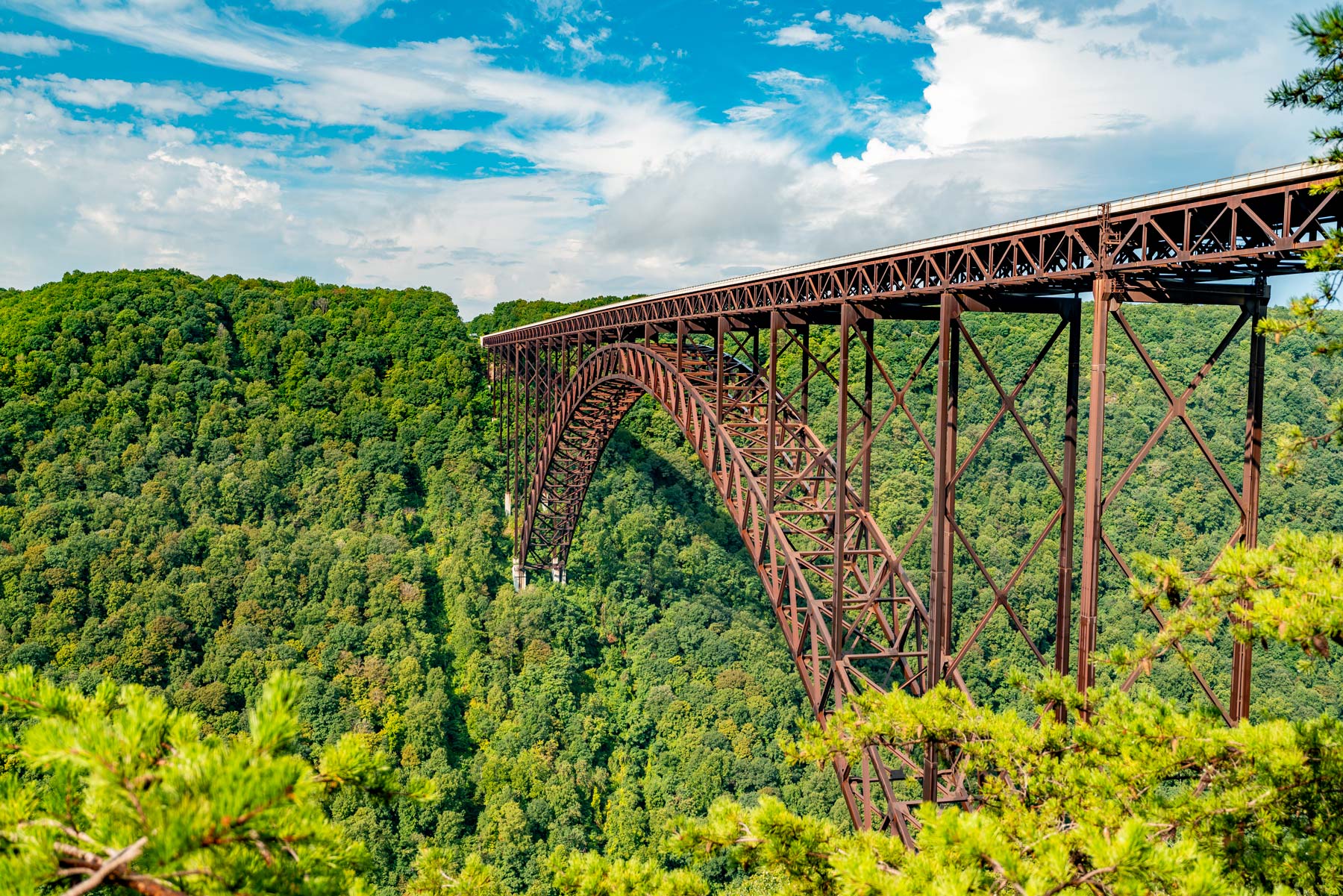
The Bridge Is A Popular Spot
It is also a popular spot for adventure activities, such as bridge-walking and bungee jumping.
Every year, thousands of people gather at the bridge for the annual Bridge Day event to witness base jumpers leap from the bridge, making it one of the largest extreme sports events in the world.
The bridge also serves as a symbol of the ingenuity and determination of the people who built it, and the natural beauty of the New River Gorge and the surrounding area.

You Can Walk On The Bridge
Bridge Walk offers guided tours of the New River Gorge Bridge from the catwalk 25’ beneath the Bridge. The tours are 2-3 hours in length.
After checking in, Bridge Walk guests are shuttled to the Canyon Rim Visitor’s Center on the north side of the Bridge. A short path leads to the Bridge where guests enter the catwalk in the midst of the massive iron structure.
The catwalk is 24″ wide with a substantial railing. Before beginning the tour, guests are securely fastened onto a safety cable making it impossible for them to fall from the Bridge during a tour.
Bridge Walk guests walk the entire 3,030 foot length of the Bridge and then are shuttled back to the Bridge Walk headquarters.
Bridge tours move along at a leisurely pace. There is plenty of time to stop for photos, and to discuss features of the Bridge, New River Gorge and National Park with your guide. (Source: Bridge Walk)
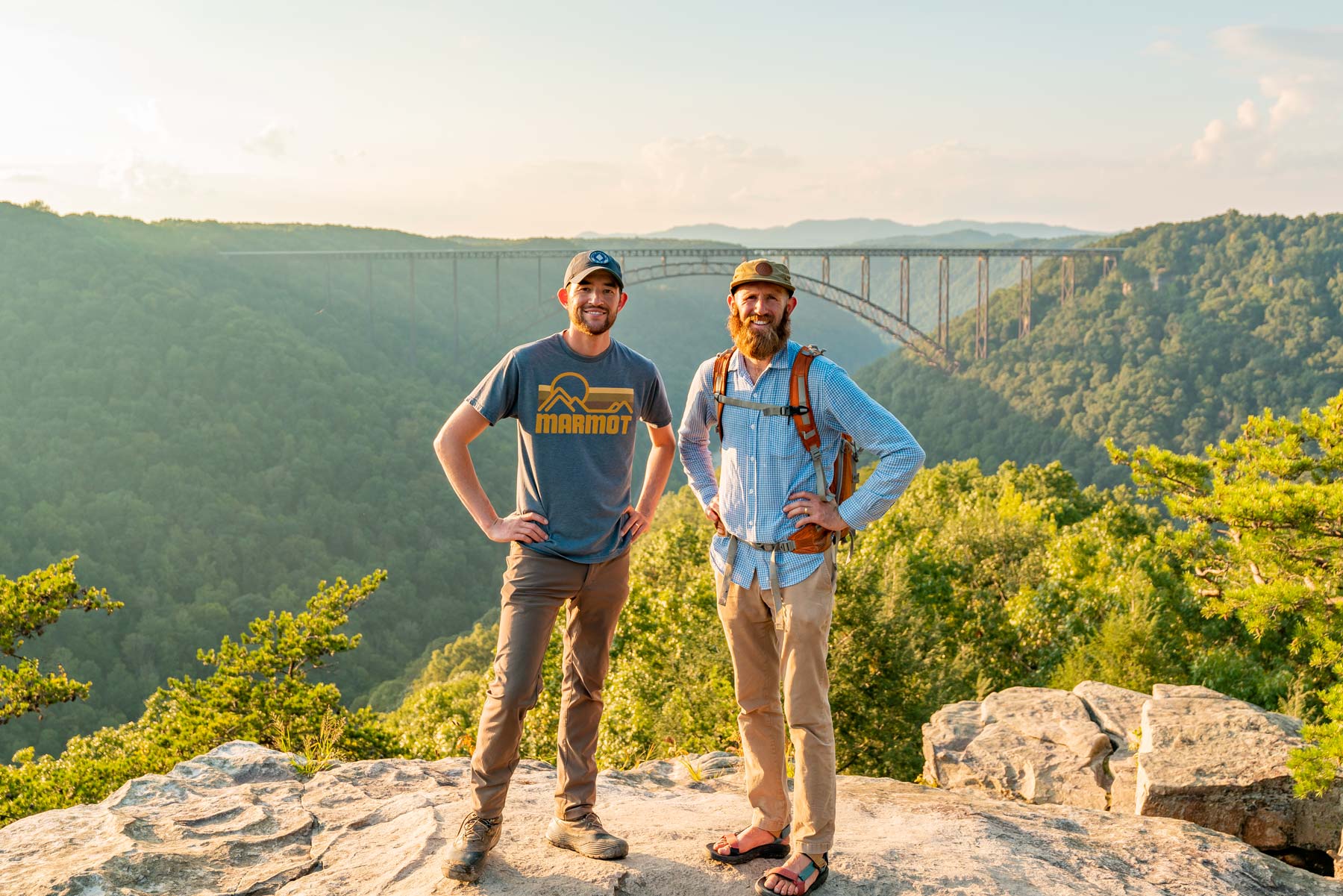
Bridge Day
On the third Saturday of October, the Fayette County Chamber of Commerce hosts “Bridge Day.”
On this one day each year, the famous New River Gorge Bridge is open to pedestrians and a wide variety of activities — great views, food and crafts vendors, BASE jumping, rappelling, music, and more — draw thousands of people.
Bridge Day is West Virginia’s largest one-day festival, and it’s the largest extreme sports event in the world.

CHECK OUT: 15 AMAZING Facts About Glacier National Park
7. A Variety Of Animals Live In & Around New River Gorge
If you love watching wildlife then you’ll love our next New River Gorge National Park Fact. A variety of animals live in and around the New River Gorge area.
Approximately 65 species of mammals are known to occur in the New River Gorge area.
Common mammals include: groundhog, raccoon, opossum, gray and fox squirrel, chipmunk, and white-tailed deer.
Beaver, mink, and an occasional river otter may sometimes be seen along the river.
Black bears and bobcats are reclusive and mostly nocturnal.
Coyotes and red and gray foxes may also be seen here.
Ten species of bats have also been documented in the park, including two federally endangered species (Virginia big-eared bat and Indiana bat) and one state rare species (eastern small-footed myotis).
Abandoned mine portals throughout the park provide habitat for roosting and hibernating.
New River Gorge Is Also Home To The Allegheny Woodrat
The Allegheny woodrat is a small rodent (about the size of a squirrel) that resides in rock outcrops, boulder fields, abandoned mine portals, talus slopes, and caves from southern New York to Tennessee.
The Allegheny woodrat population is listed as a “species of concern” in West Virginia.
Some factors that have contributed to its population declines are food shortages, increases in predator populations, raccoon roundworm, and general human encroachment.
If you are visiting potential Allegheny woodrat habitat, it’s imperative to pack out your trash and uneaten food scraps.
Trash should never be left behind in any vicinity, but areas around the park’s sandstone cliffs, boulder fields, abandoned mine portals, caves, and talus slopes need special consideration when it comes to Allegheny woodrat conservation. (Source: NPS)
CHECK OUT: 16+ FASCINATING Grand Canyon Facts
8. The Park Provides A Variety Of Wonderful Hiking Trails
One of my favorite New River National Park Facts has to do with the park’s magnificent hiking trails.
I love a good stretch of the legs. As a matter of fact, it’s my favorite form of exercise. Of course, if you listen to my wife, she’ll tell you that it’s my only form of exercise.
Be that as it may, New River Gorge National Park provides a variety of different trails throughout the park. Peaceful forest trails, superb overlooks, and historic scenery are all found there.
The trails available consist of park service trails that are marked and maintained, trails within lands administered by state parks, and undeveloped trails and abandoned roads.
Trails range from 1/4 mile to 7 miles in length. Several can be easily connected to make for longer excursions.
Difficulty varies from flat, smooth walking to steep challenging terrain.
Trail recommendations and maps are offered at Canyon Rim, Grandview, Sandstone, and Thurmond visitor centers. To learn more about hiking at New River Gorge check out this NPS Website.
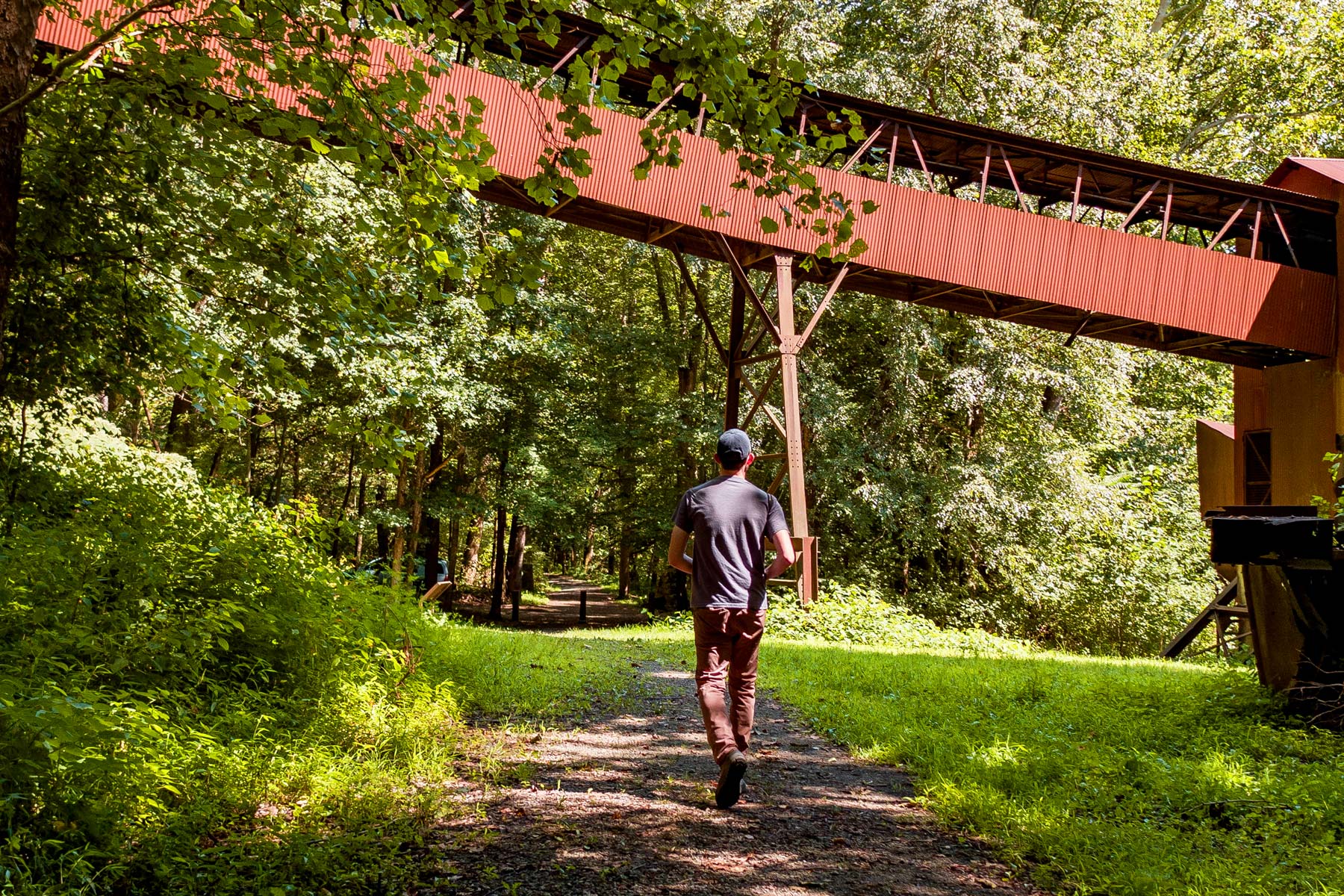
CHECK OUT: 15 AMAZING Facts About Grand Teton National Park
9. You Will Discover Some Amazing Towns At New River Gorge
If you’re in search of more than just nature than this next New River Gorge National Park Fact is for you.
Scattered across the national park are one-of-a-kind towns that are full of fascinating history and natural beauty.
The historic town of Thurmond, located in the heart of the New River Gorge, was established by Captain William D. Thurmond in the 1880s.
During its heyday in the 1920s, Thurmond had more coal running through it than Cincinnati, Ohio, and was a flourishing town with a number of businesses and facilities for the C&O Railway.
After a series of setbacks, however, Thurmond became a ghost town.
Today, over 80 percent of Thurmond is owned by the National Park Service. The entire town is a designated historic district on the National Register of Historic Places.
Explore this town for yourself on a Thurmond Walking Tour.
Other notable towns to visit in the national park include old mining communities, Kaymoor and Nuttallburg, and the railroad town of Prince.
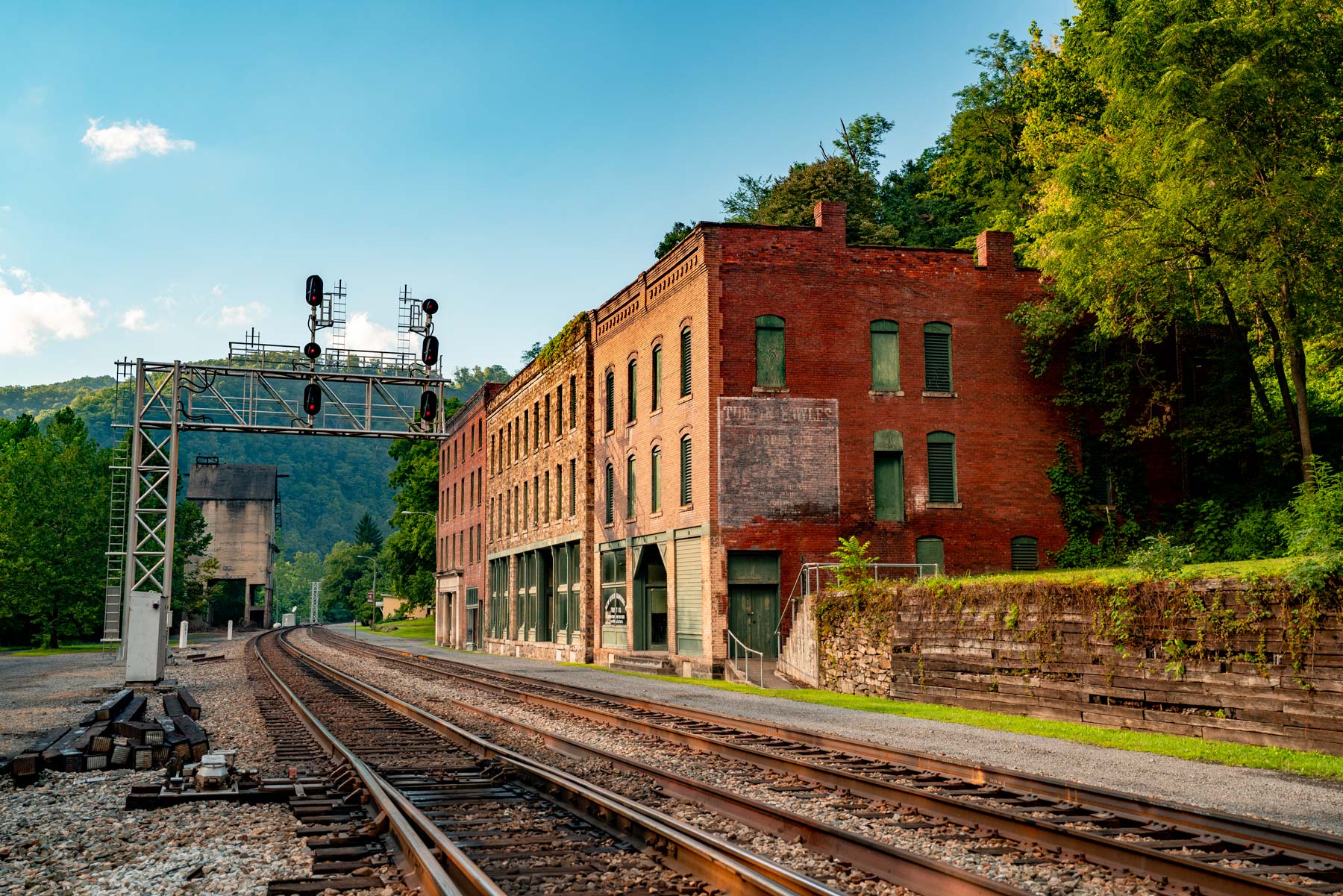
CHECK OUT: 15 AMAZING Facts About Great Smoky Mountains National Park
10. New River Gorge Has Over 1,400 Established Rock Climbs
If you like a good climb then our final New River Gorge National Park Fact is one you’ll truly appreciate.
According to the National Park Service, within New River Gorge National Park and Preserve are over 1,400 established rock climbs.
As a matter of fact, it’s become one of the most popular climbing areas in the country.
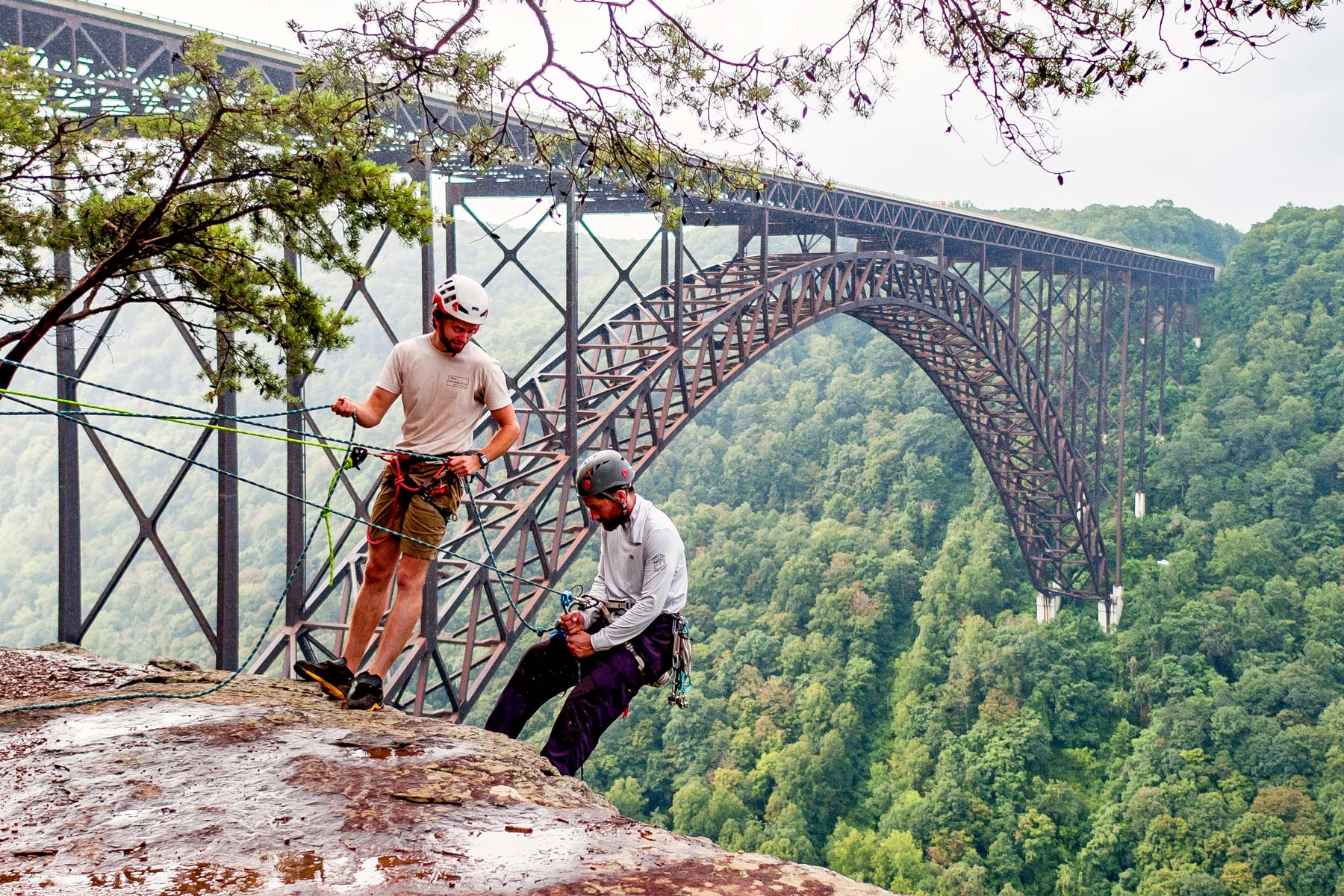
Most Of The Routes Favor The Advanced Climber
The cliffs at New River Gorge are made up of a very hard sandstone, and range from 30 to 120 feet in height. The rock is very featured, and an abundance of crack and face routes are available.
Most of the routes in the gorge favor the advanced and expert climber. The majority of routes are 5.9 and harder, and most sport routes fall in the 5.10 – 5.12 range.
A guidebook is an essential tool for locating climbs, and local climbing shops can offer information and specific recommendations.
Check Out Our New River Gorge Film
Journey with More Than Just Parks as we explore a gorge teeming with rugged beauty, ancient waters, and epic overlooks. This is New River Gorge. Filmed primarily in stunning UHD 8K.
To create this film we spent a few weeks on location in New River Gorge National Park as part of a partnership with West Virginia Tourism. The purpose of the video is to highlight the park’s unique scenic, historic, and adventurous character as well as promote responsible recreation within.
Why Trust Us About New River Gorge National Park?
We’re Jim Pattiz and Will Pattiz, collectively known as the Pattiz Brothers (and sometimes the Parks Brothers) and we absolutely LOVE the national parks.
You should probably know that we don’t just make this stuff up out of thin air. We’ve spent our entire adult lives exploring and filming America’s national parks and public lands.
We’ve worked with the National Park Service, the Department of Interior, USDA, and the U.S. Forest Service for years creating films on important places and issues. Our work has been featured in leading publications all over the world and even some people outside of our immediate family call us experts on the national parks.

Meet The Parks Brothers
Map Of New River Gorge National Park
List Of New River Gorge National Park Facts
- Native American Settlements Go Back As Far As 12,000 Years
- The River Was Named By The First White Man To Discover It
- New River Gorge Includes An Amazing Story Of Survival & Endurance
- New River Was The Site Of The Largest Insurrection In The United States Following The Civil War
- The Father Of Black History Began His Work In The New River Gorge Area
- The Park Includes The Fifth Longest Single-Span Arch Bridge In The World
- A Variety Of Animals Live In & Around New River Gorge
- The Park Provides A Variety Of Wonderful Hiking Trails
- You Will Discover Some Amazing Towns At New River Gorge
- New River Gorge Has Over 1,400 Established Rock Climbs
We Hope You’ll Follow Our Journey
Our goal here at More Than Just Parks is to share the beauty of America’s national parks and public lands through stunning short films in an effort to get Americans and the world to see the true value in land conservation.
We hope you’ll follow our journey through the parks and help us to keep them the incredible places that they are. If you’re interested joining the adventure, sign up below!
Helpful Articles
Things to Do New River Gorge: 20 EPIC Things to Do in New River Gorge National Park
National Parks: 8 SURPRISING West Virginia National Parks Worth Visiting
Historic Sites: 5 MUST-SEE Historic Sites In West Virginia
Revolutionary War Sites: 10 BEST Revolutionary War Sites In America
Civil War Sites: 10 BEST Civil War Sites In America
National Park Rangers: A Brief (& Informative) History Of America’s National Park Rangers
Landmarks In America: 25 Bucket List Famous Landmarks In America (MUST-SEE)
The National Parks: ALL 63 U.S. NATIONAL PARKS – Ranked By Experts
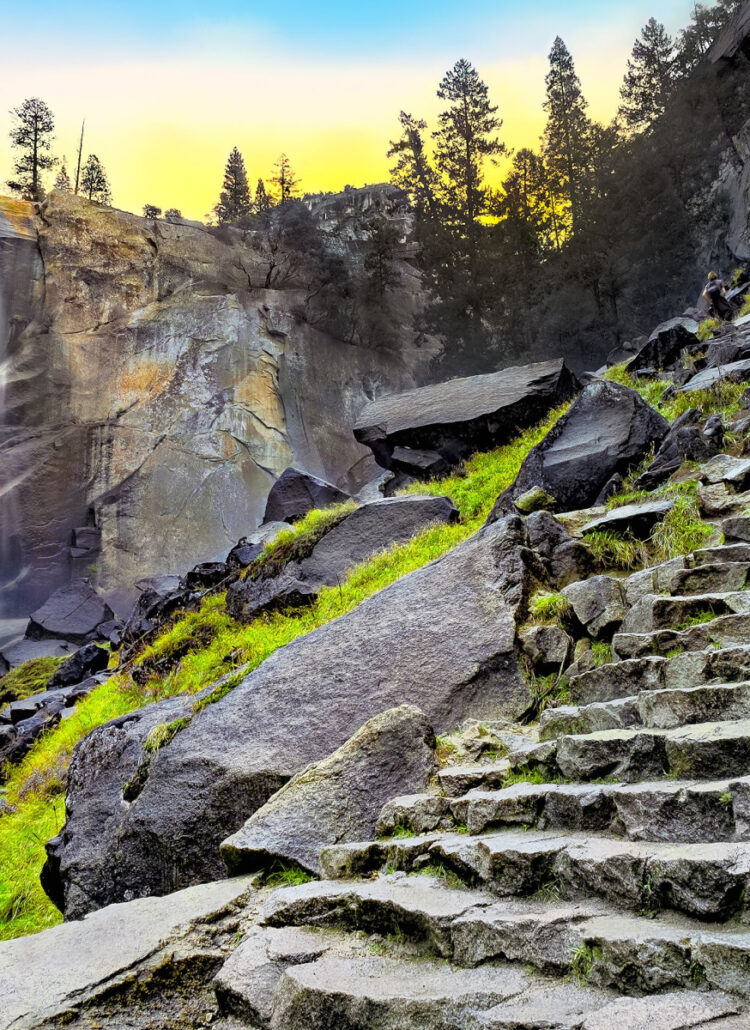
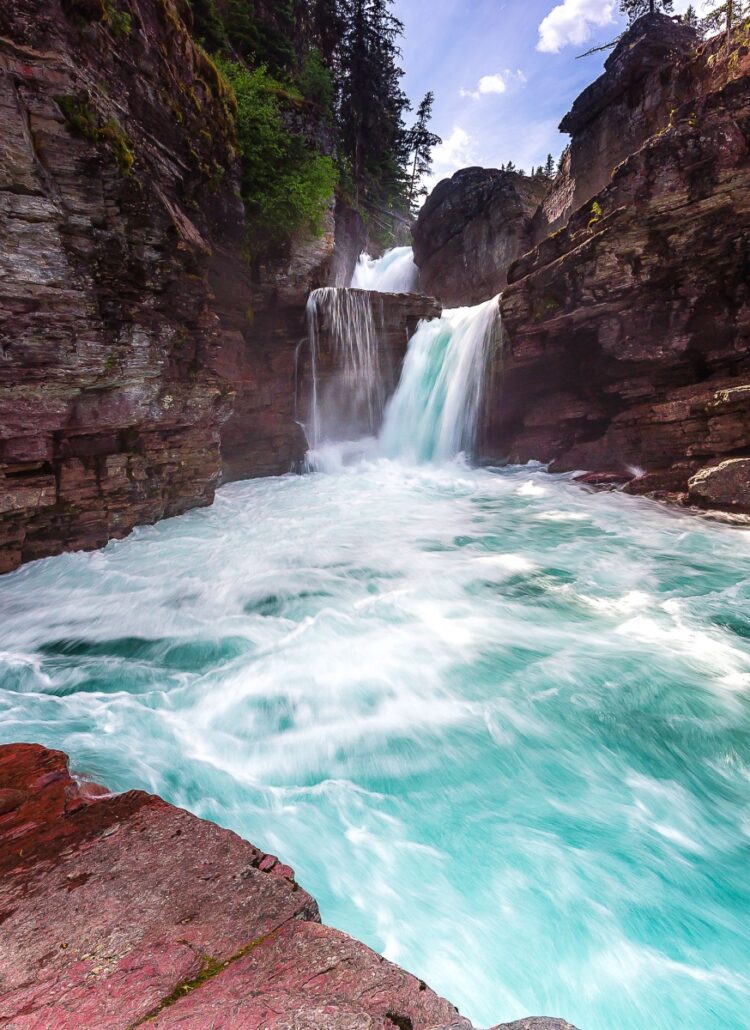
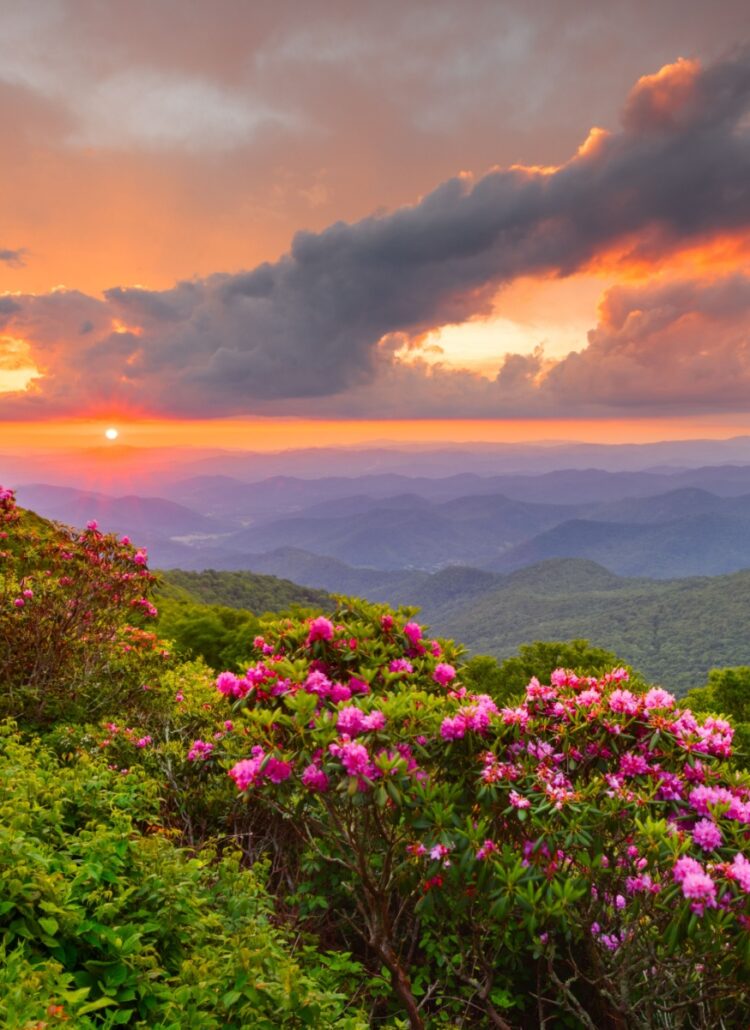
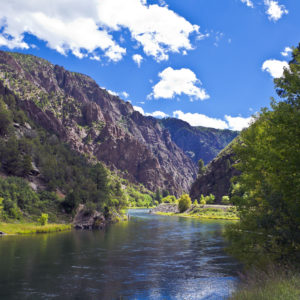

Leave a Reply